Uncontrolled Cell Growth Would Most Likely Be Attributed To Which Of The Following Factors
Which of the following types of mutation would be expected to promote uncontrolled cell proliferation. The receptor that binds Superchick is a receptor tyrosine kinase RTK and many chicken tumor cells lines have mutations in the gene that encodes this receptor.
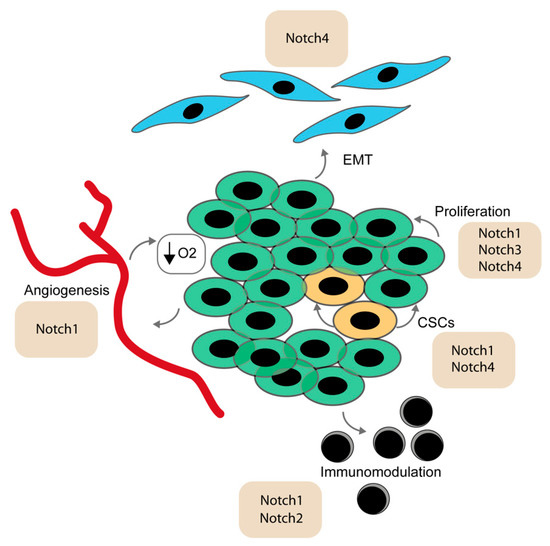
Cells Free Full Text Cancer Stem Cells Quo Vadis The Notch Signaling Pathway In Tumor Initiation And Progression Html
Your immune system repairs some of this damage but not all.
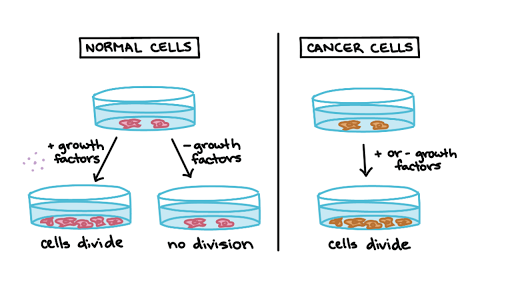
Uncontrolled cell growth would most likely be attributed to which of the following factors. Another factor that can initiate cell division is the size of the cell. Lung cancer also known as lung carcinoma since about 98-99 of all lung cancers are carcinomas is a malignant lung tumor characterized by uncontrolled cell growth in tissues of the lung. The growth factor Superchick stimulates the proliferation of cultured chicken cells.
D The cAMP level is. The side effects of chemotherapy such as hair loss are the result of normal tissue being destroyed. What You Can Do.
The survival of Mycobacteria after ingestion by macrophages is attributed to. Administration of drugs or other substances that enhance the ability of the immune system to fight cancer is called. This ability to ignore the usual restraints on cellular growth and division apparently occurs as a result of genetic mutation which alters oncogene or tumour-suppressor gene activity.
Properties of Cancer Cells. One theory suggests that the cells in the bone marrow the stem cells become damaged or defective so when they reproduce to make more cells they make abnormal cells or cancer cells. Lung carcinomas derive from transformed malignant cells that originate as epithelial cells or.
Cancer cells may develop which gain control of their own growth signals and continue to multiply unchecked. _____ is characterized by non differentiated cells that exhibit loss of contact inhibition uncontrolled growth and the ability to invade tissues and metastasize. Growth factors I growthfactor receptors II signal-transduction proteins III transcription factors IV pro- or anti-apoptotic proteins V cellcycle control proteins VI and.
When the cell cycle goes wrong normal cell growth is lost. Bacterial inhibition of phagolysosome formation and interference with endosomal acidification. 6 Which of the following conditions is most likely to cause the lactose operon to be transcribed.
This relationship is reflected in several aspects of cell behavior that distinguish cancer cells from their normal counterparts. Smoking urban living exposure to arsenic in water supply occupatinal exposure to leather dye rubber. B There is glucose but no lactose in the cell.
C The cyclic AMP and lactose levels are both high within the cell. Exposures to certain viruses. Skin cancers like melanoma have damaged DNA mutations in skin cells that lead to uncontrolled growth of these cells.
Chemotherapy works by interfering with rapid cell division. Crowding of cells can also inhibit cell division. Cancer Which of the following is a gene that normally codes for a protein that suppresses cell division.
A There is more glucose in the cell than lactose. The uncontrolled growth of cancer cells results from accumulated abnormalities affecting many of the cell regulatory mechanisms that have been discussed in preceding chapters. Ultraviolet UV rays from the sun or tanning beds damage DNA in your skin cells.
Cancer develops when cell growth becomes uncontrolled. Bacterial inhibition of complement activation via the alternative pathway. Treatment - surgery with chemotherapy.
The cause of the defect in the stem cells could be related to an inherited genetic defect or exposure to a virus or toxin. Microscopic examination of urine for cancer cells cystoscopy- direct examinination of bladder wall with cystoscope thin flexible tube with lens. Cancer cells are insensitive to the chemical signalling molecules that modulate cell growth and division.
As a cell grows it becomes inefficient due to its decreasing surface-to-volume ratio. Thus normal growth control and malignancy are two faces of the same coinFigure 24-9The seven types of proteins that participate in controlling cell growthCancer can result from expression of mutant forms of these proteins. The poor immunogenicity of the cell.
A lack of HGH can inhibit cell division resulting in dwarfism whereas too much HGH can result in gigantism.
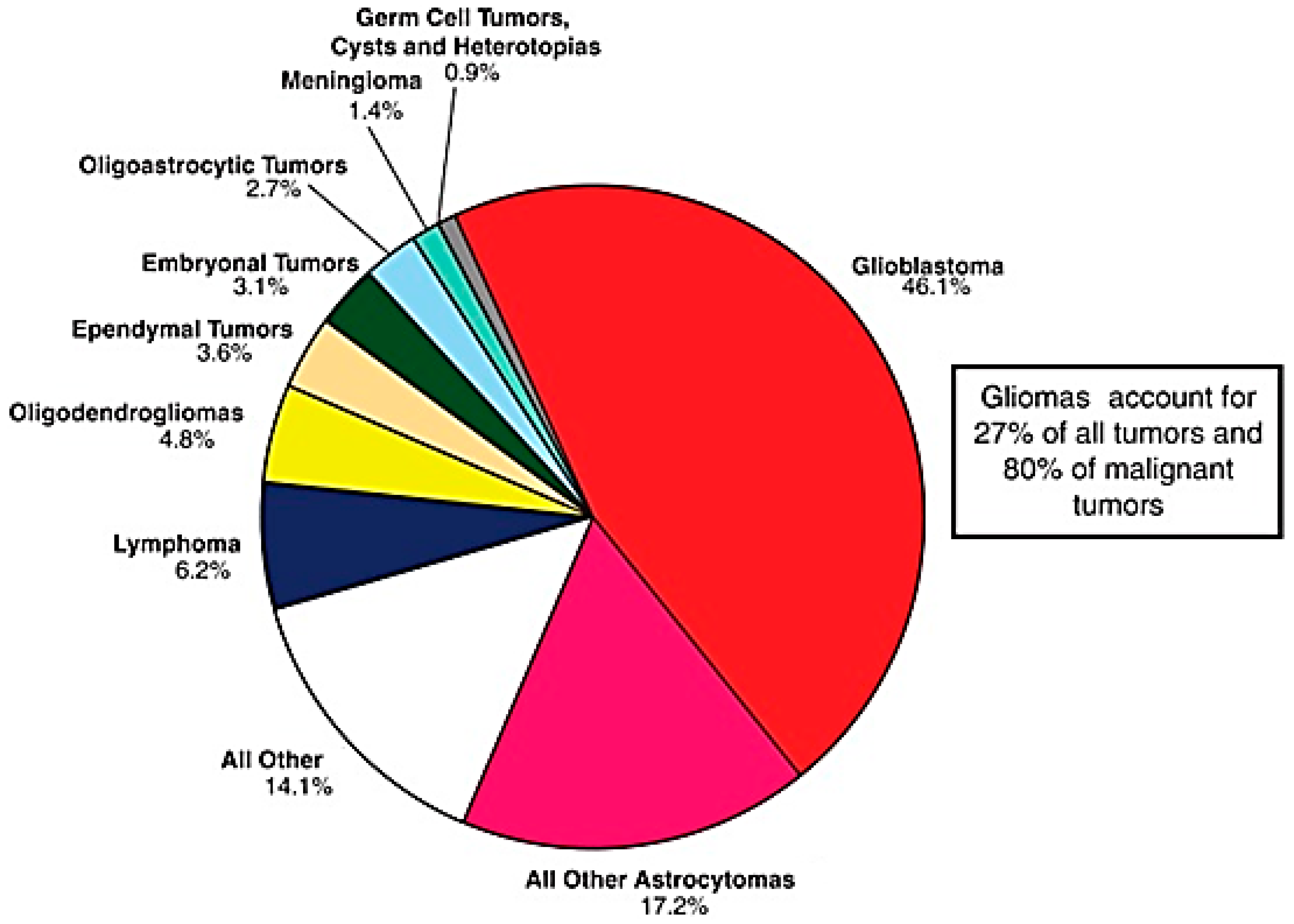
Medical Sciences Free Full Text Disparities In Brain Cancer In The United States A Literature Review Of Gliomas Html

Biology Free Full Text The Consequences Of Chromosome Segregation Errors In Mitosis And Meiosis Html
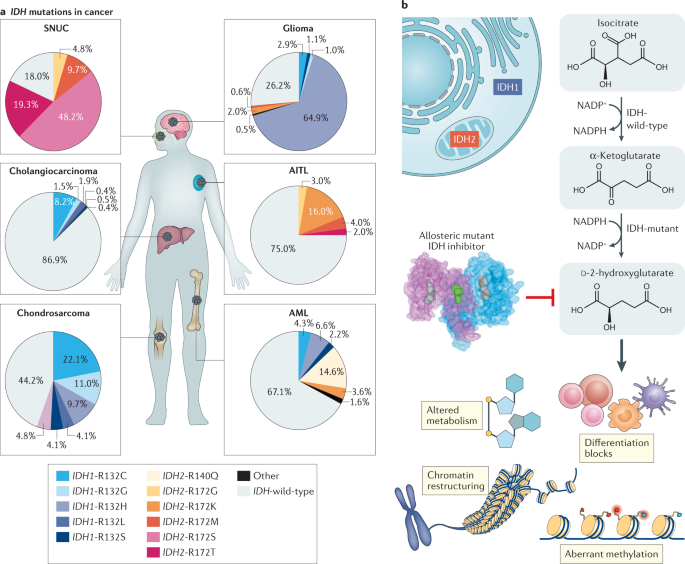
The Implications Of Idh Mutations For Cancer Development And Therapy Nature Reviews Clinical Oncology
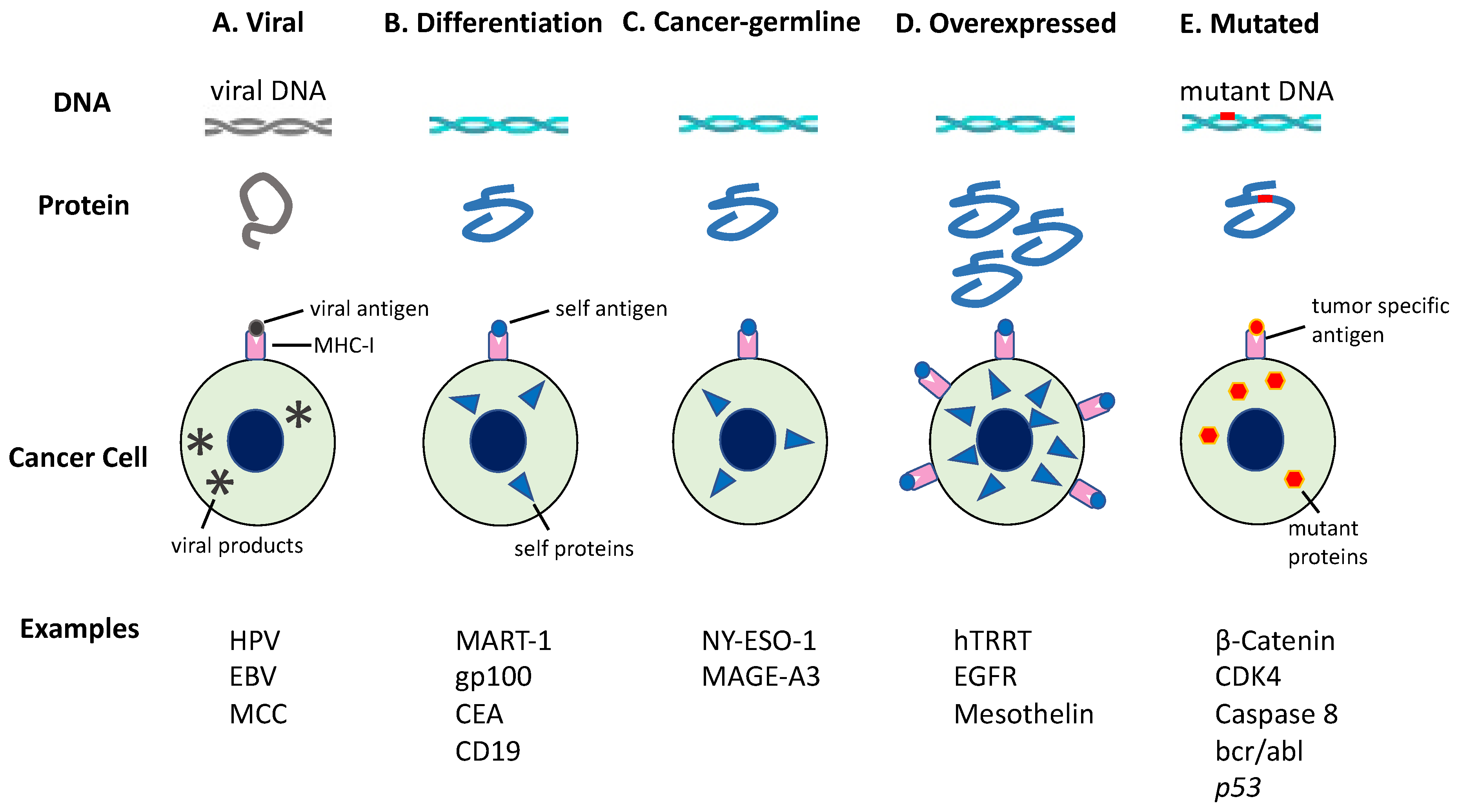
Ijms Free Full Text Immunosurveillance And Immunoediting Of Lung Cancer Current Perspectives And Challenges Html

B1a And B2 Cells Are Characterized By Distinct Cpg Modification States At Dnmt3a Maintained Enhancers Nature Communications
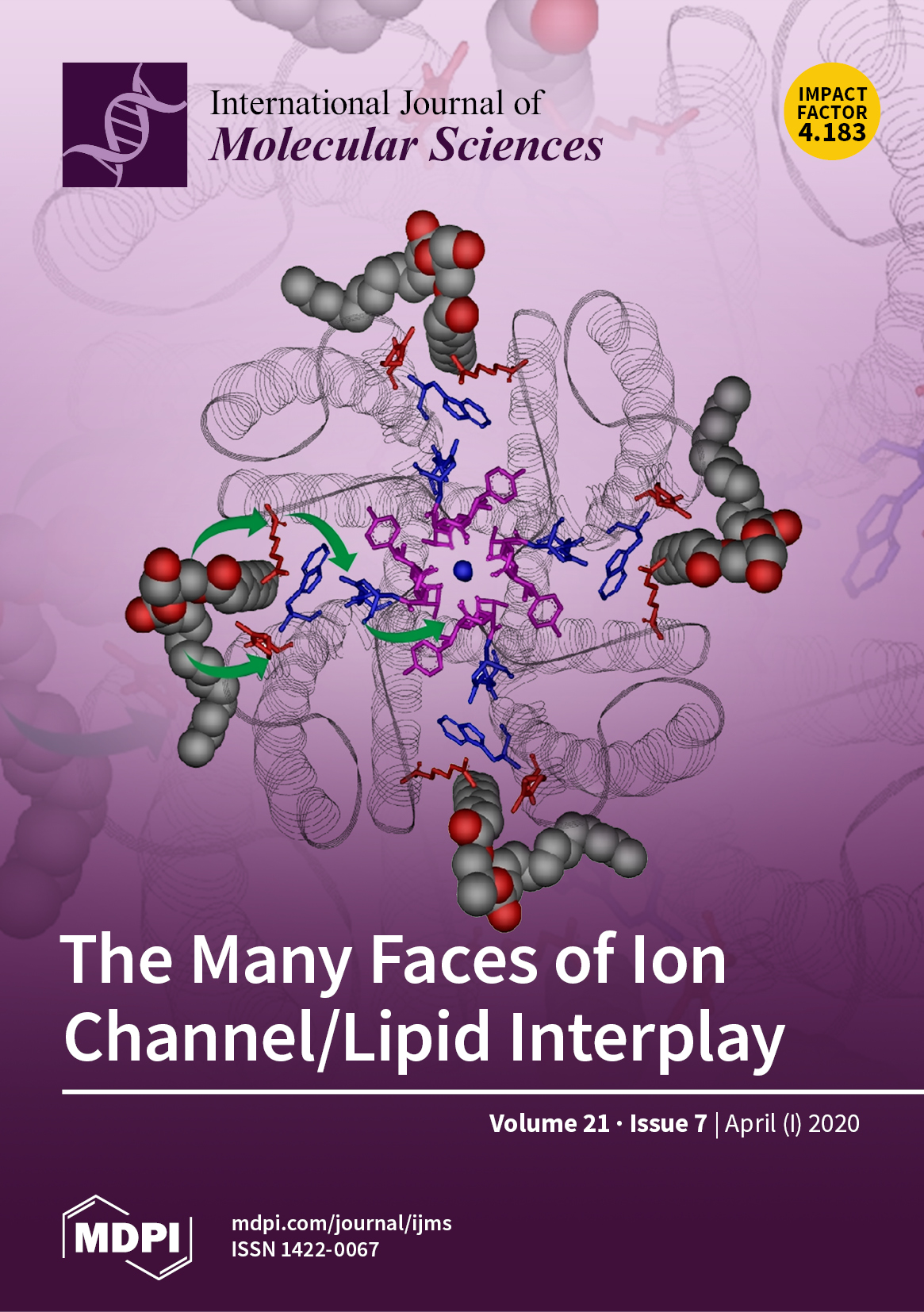
Ijms April 1 2020 Browse Articles
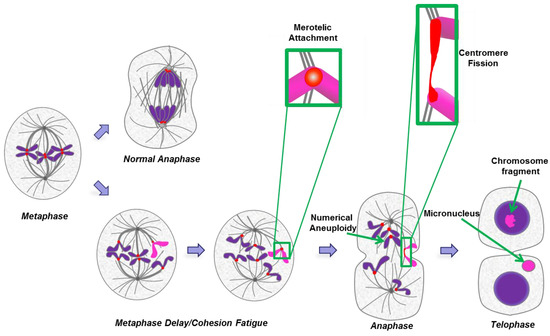
Biology Free Full Text The Consequences Of Chromosome Segregation Errors In Mitosis And Meiosis Html
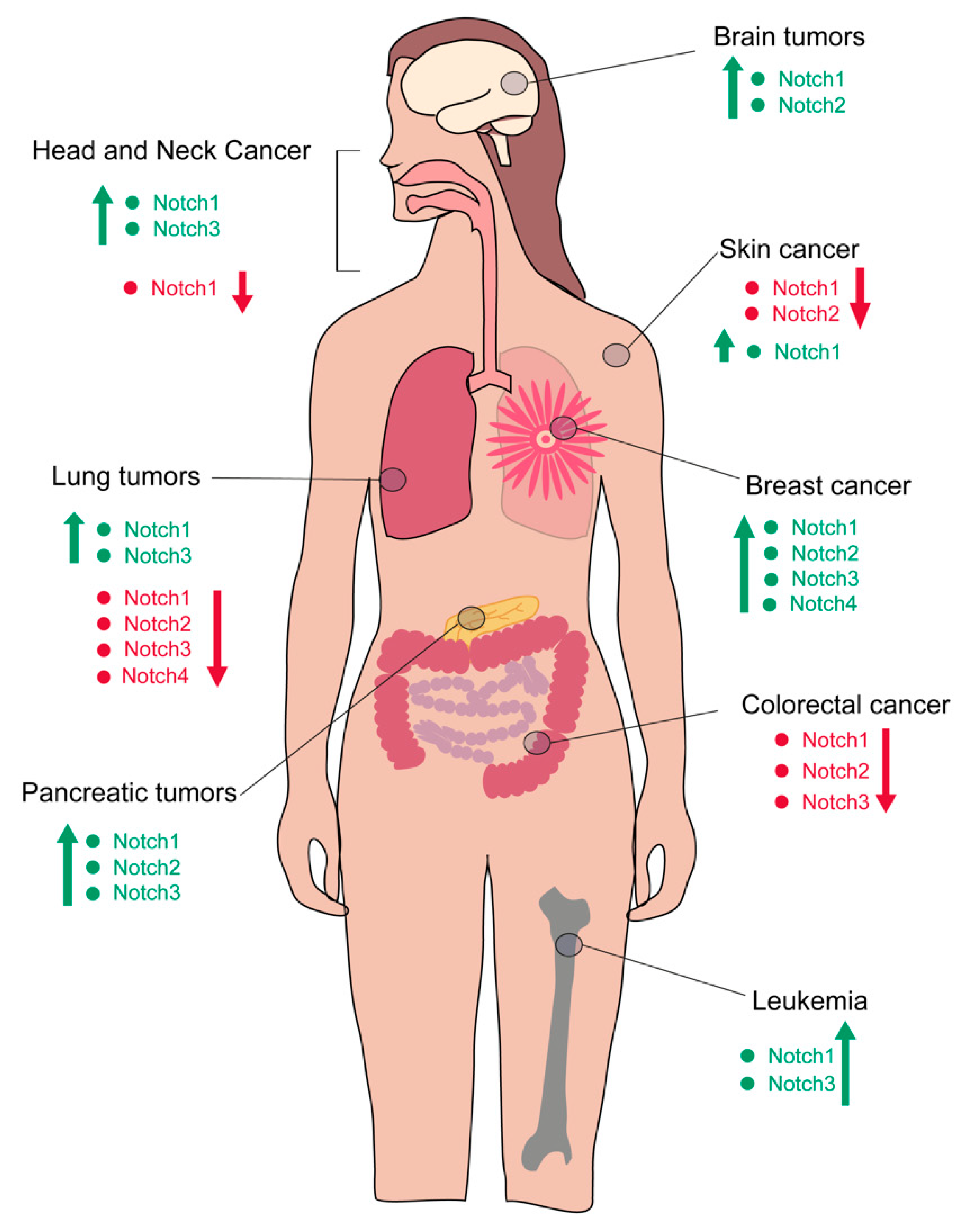
Cells Free Full Text Cancer Stem Cells Quo Vadis The Notch Signaling Pathway In Tumor Initiation And Progression Html

Foods And Eye Heatlh Eye Health Food Healthy Eyes Lemon Benefits
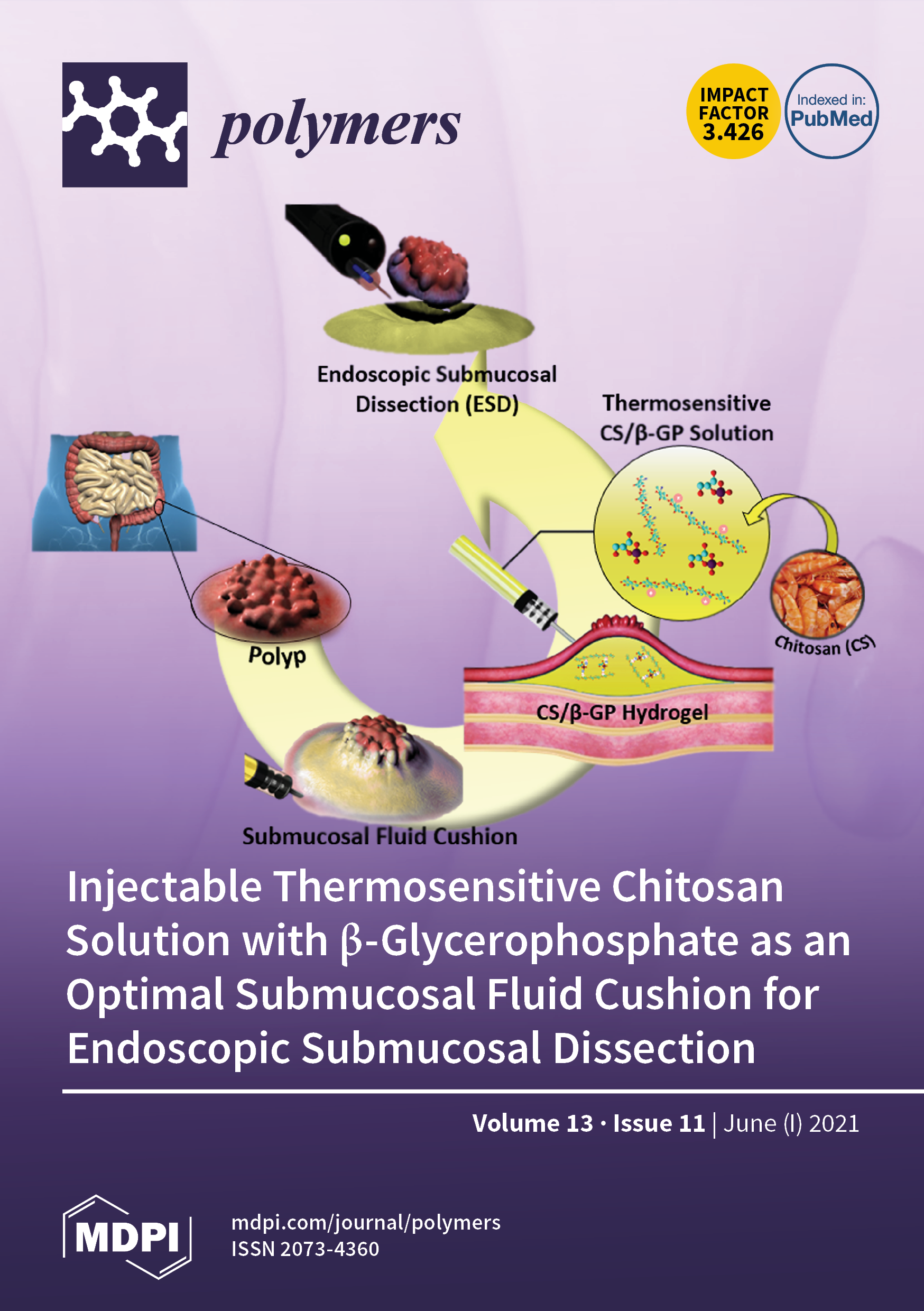
Polymers June 1 2021 Browse Articles
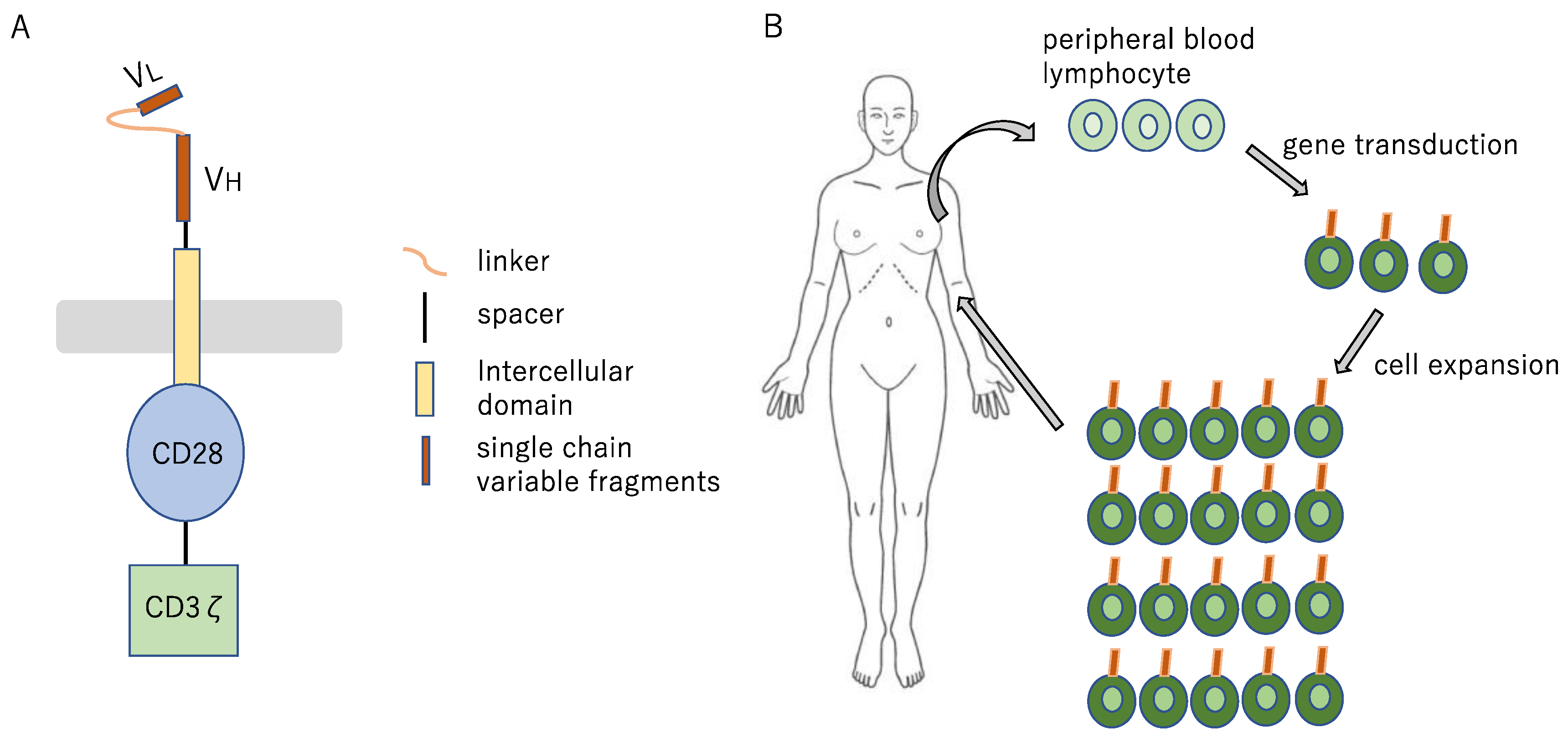
Ijms Free Full Text Immunosurveillance And Immunoediting Of Lung Cancer Current Perspectives And Challenges Html
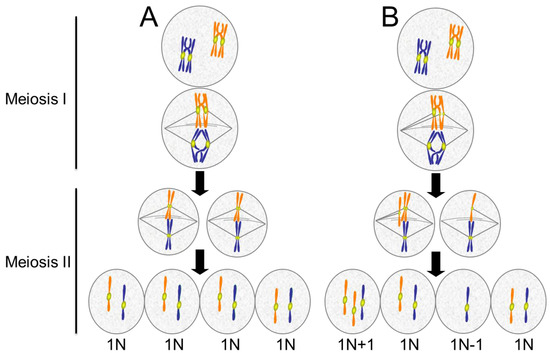
Biology Free Full Text The Consequences Of Chromosome Segregation Errors In Mitosis And Meiosis Html
Cancer And The Cell Cycle Biology Article Khan Academy

Cell Polarity Regulators And Mechanisms In Plants Yang 2020 Journal Of Integrative Plant Biology Wiley Online Library

Pin On My Charity Breast Cancer

Pin On Gyn Cancer Symptom Awareness

Nurs 6565n Week 3 Quiz Board Vitals Latest 2020 A Grade Walden University Nurs6565n Week 3 Qu Walden University Study Guide Nurse Practitioner Programs

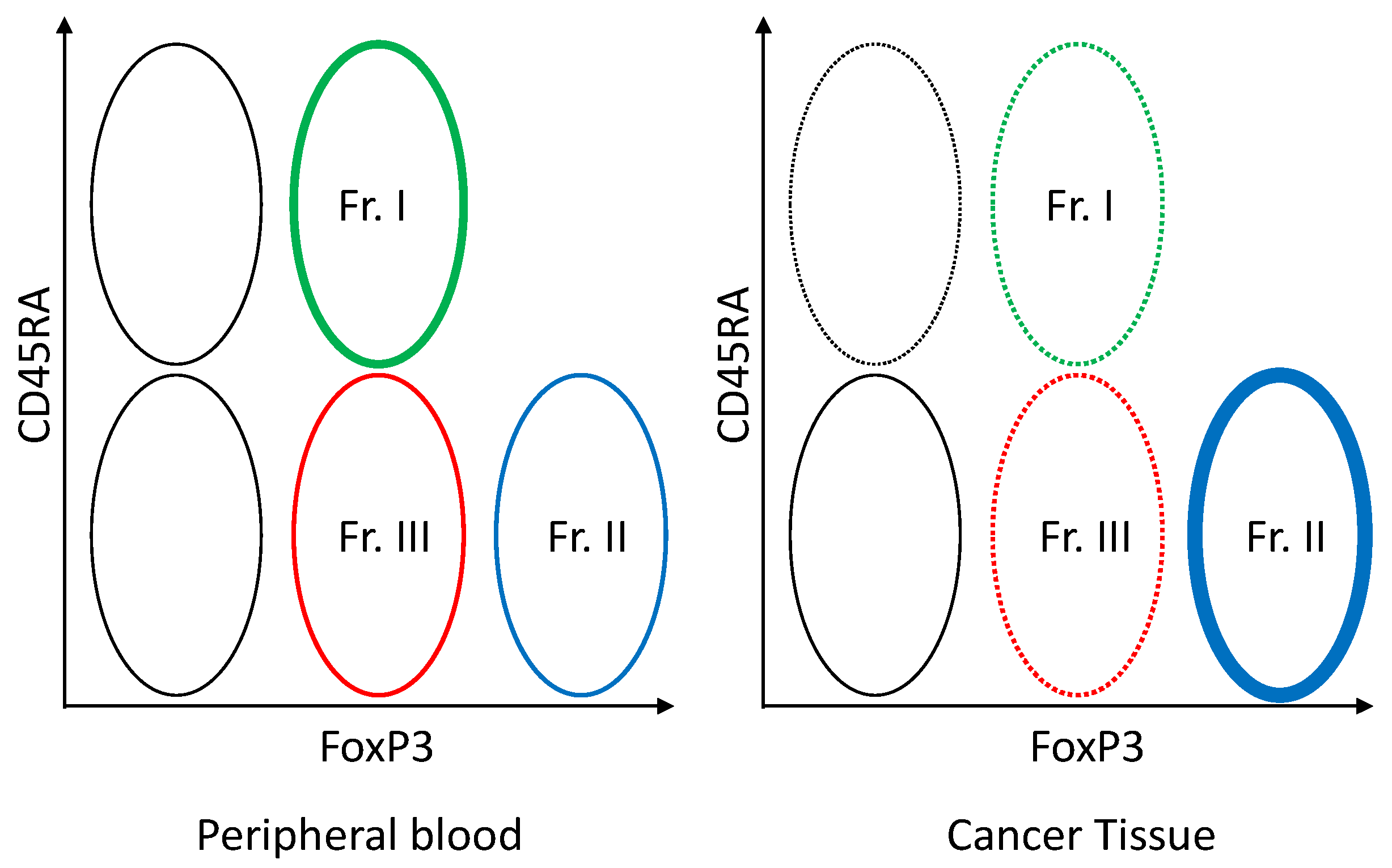
Comments
Post a Comment